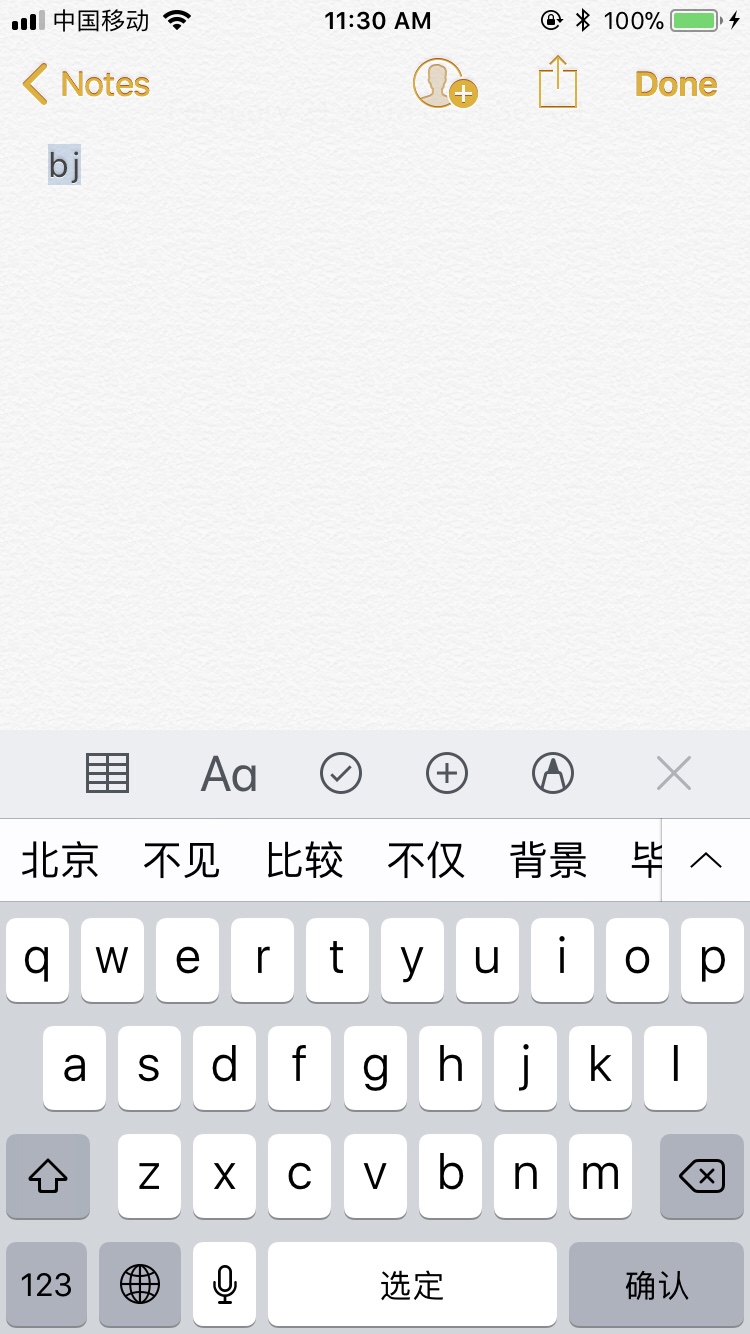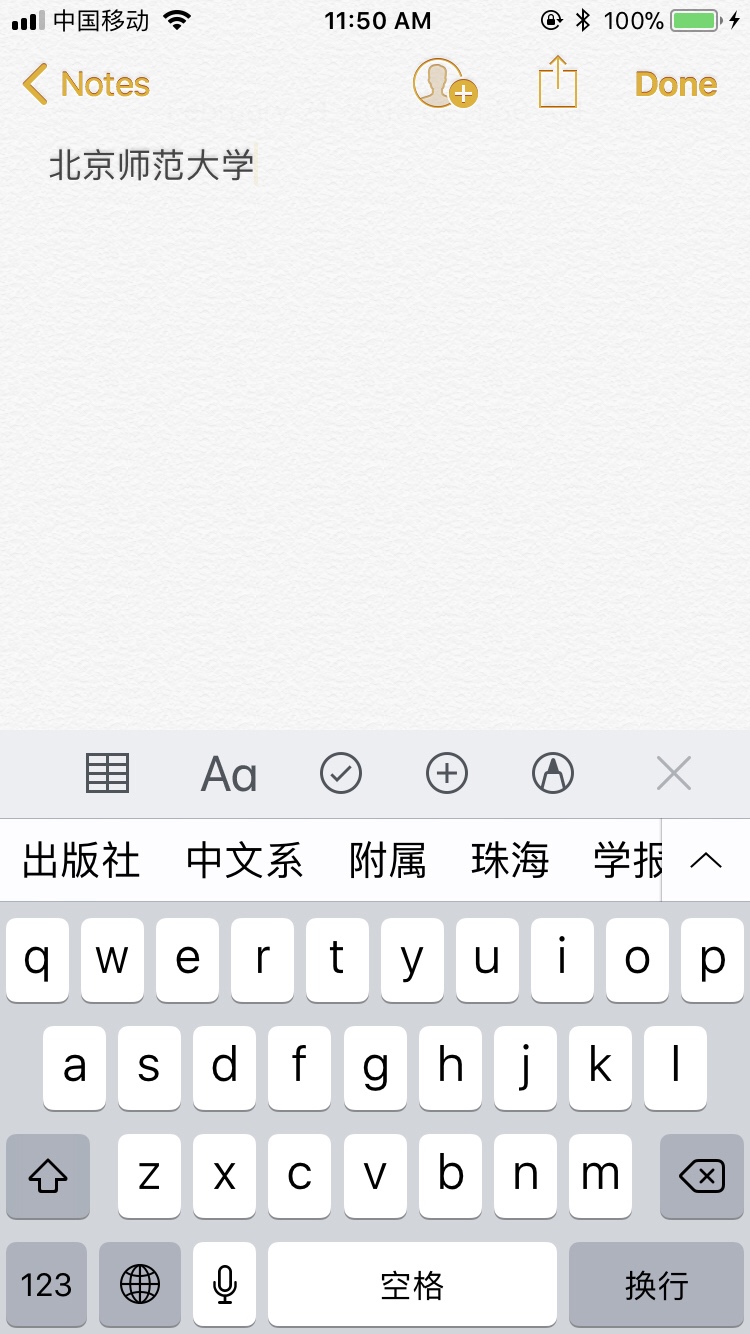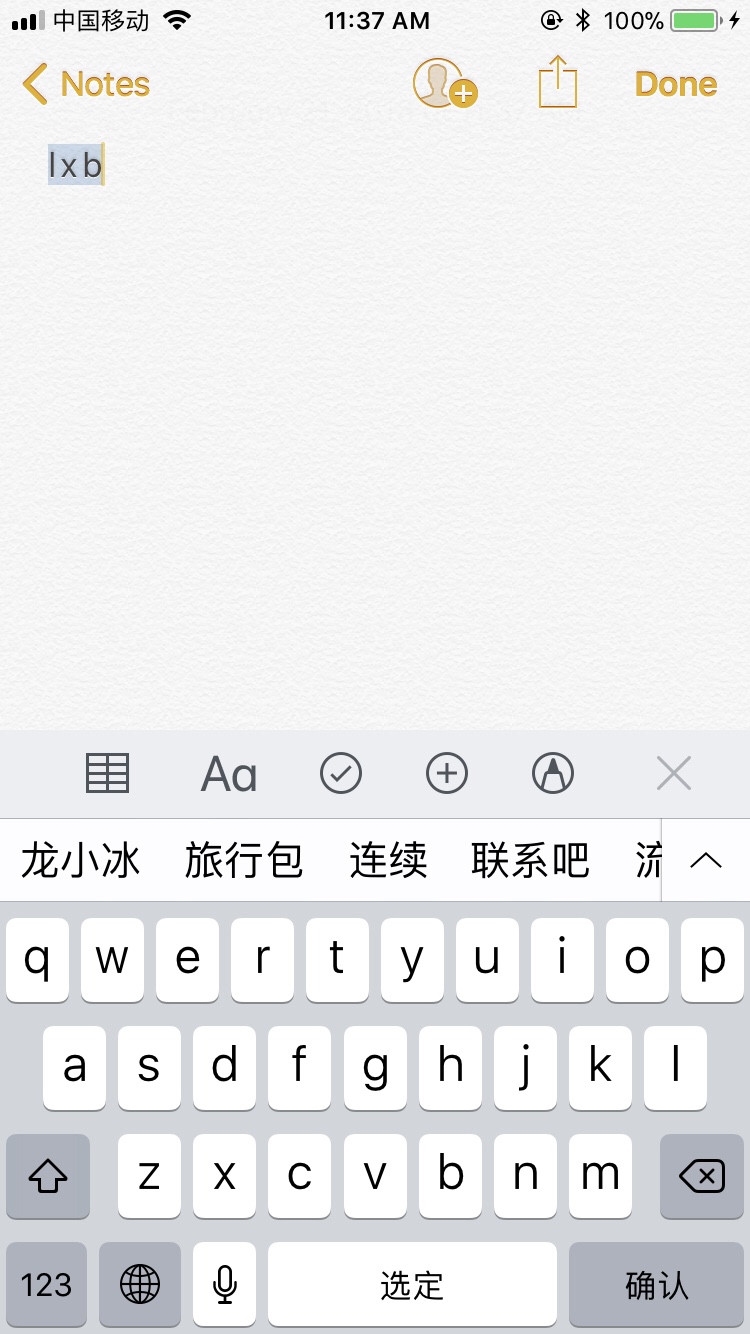I’ve had a lot of repeated questions about China and while many are based on stereotypes (no, most people don’t eat dogs and Chinese animal activists are making sure that the small little villages that still do cease forever) some are actually good questions I thought I’d take a moment and answer.
How do you type Chinese?
The iphone and computers sold in China are the exact same ones sold in America. So how do you write Chinese with an English keyboard? There are a few ways. First you need to install the Chinese keyboard just like any language. Then you have two options.
First, You can type the pinyin. Chinese has a romanization system for writing called “pinyin.” In fact, you already know at least one Chinese word in pinyin: Beijing. Beijing is called Beijing because it is the pinyin for the capital city. (Before pinyin, which was created in the 50’s and adopted internationally in the 80’s, westerners called Beijing “Peking” in an approximation of how it sounded to a foreign ear.)
So if, in the Chinese pinyin keyboard, you write Beijing (in English letters,) you’ll see this:

Then you chose the correct characters. (Chinese has a lot of homonyms and Beijing can have a few meanings based on the characters which is why people don’t use pinyin to communicate but rather use pinyin as an easy way to find the characters.)
Then, just like English, it will offer predictive text. After Beijing it suggests “Beijing Time” (there are no time zones in China despite it being the same size as America. Everything runs on what’s called “Beijing Time”), Olympics, Beijing normal university. Since I rarely write Beijing these are the most commonly used words after Beijing decided by whatever algorithm.

Then when you chose one, it will suggest more predictive text. In this case, after I chose “Beijing Normal University” it offered “publishing” (they are a big publisher) “Chinese department (the schools specialty) and so on.

You can also abbreviate. For instance the Chinese for Beijing is made up of two characters: Bei Jing 北京. So you can just type “B” and “J” and the keyboard will guess what you mean.

This is especially helpful for long words you don’t want to spell out. Like the world ice cream. The pinyin is Bingqiling which is long and I am lazy. But I can just type BQL and it will guess it correctly. It’s a huge time saver.

And just like with English your phone gets to know you. For instance my Chinese name is Long Xiao Bing 龙小冰. It’s not common Chinese but I write it often and now my phone knows that when I type “LXB” I want my name.

So to be able to type in Chinese you need to to know the pinyin and you need to recognize which character you want. Some words have an insane amount of homonyms so you have to chose the correct one. Like the word “shi” is the pinyin of this many different characters:

It also allows for misspellings sometimes. Like when I type the pinyin for laoshi (which means teacher) it gives it the first choice but then also offers kaishi (which means start and is a common word) and kaoshi (which means test) All those words pinyins are a little differently but are so common it suggests them just the same in case you misspelled.

Also, sometimes when you are just texting, and typing pinyin fast, you chose the wrong characters. Laoshi, which means teacher, and laoshu, which means mouse, are very similar pinyin with only the last letter different. I was once texting about a mouse at the badminton courts and *somehow* the characters for teacher got chosen. So for awhile my friends made fun of me for “my teacher the mouse.”
If you want to go old school though, you can also write the character with your finger and the computer will guess what you mean and suggest the characters which you can choose. Of course this means you have to have good handwriting and remember how to write each character but a lot of older Chinese people do this.

To me, and most young people, pinyin is the easiest way. Older people, like my coach, have trouble with pinyin. He didn’t study it when he was a kid and therefore he’s more comfortable writing the character with his finger. But kids these days are all about the pinyin, it’s quicker, and as a result they are losing their ability to write longhand.
The only downside to a foreigner is you need to know how to say a word to spell the pinyin. Some words I can recognize but I don’t know how to pronounce so I have trouble writing them because I don’t know the pinyin, or I guess and I can’t get it right. (For some reason the word magazine “zazhi” always trips me up. I tend to throw in a J or a z in the wrong place and I can never get the pinyin right which means I can’t get the character. I end up looking it up in the dictionary to get the correct pinyin.)
So that’s how you write in Chinese! Pretty easy eh?
Another question I’ve gotten is:
How do Chinese spell words?
When speaking Chinese, because of so many homonyms, it is not clear what the speaker means, especially when saying proper names. Like, my Chinese name. Xiao Bing. 小冰 . When I speak it people ask me how to spell it but they aren’t asking me to say letters B-I-N-G. They are asking me which character it is. Everyone knows what I mean with “Xiao” (it means little and is very common in names) but with “Bing” there are many characters with that pronunciation that are commonly used as names so they can’t guess. So when they ask me to spell it they are asking me which character it is.
So I have to say another word. Like, I always say “Ice cream’s ice.” 冰淇淋的冰 which they get immediately. Some words can take awhile to spell out, especially something like a medicine that might have 4 or 5 characters. “Mafulong. The ma in mama, the fu in caifu, the long in xinglong.” It can be kinda funny. But it’s a clever way to help people visualize a word that doesn’t have letters.
So that’s two common questions I get with some pretty quick and easy answers. If you have a question about something you’ve kinda wondered about China and want to know shoot me an e-mail and I’ll answer if I can. Just don’t ask me about dog, a’ight?



Is written Chinese basically a language composed entirely out of emojis? Or is this too reductive?
Does the input with a hardware keyboard work similarly? In particular, do you need the mouse to select which word you want?
I think you mean algorithm (computer code), not logarithm (math).
There are several Chinese characters that are like pictures, but it’s a but too reductive to say they are all easily identifiable. It’s very easy to figure that 火 means “fire” but 眼睛 is very hard to recognize as “eyes” (though perhaps it did in the beginning. I’m not familiar with ancient Chinese.)
You don’t need the mouse to choose them on a computer. When you type in the pinyin it comes up with a numbered list of suitable characters and you type the number you want. Good question though, I should have done a screen shot of my computer. And I’ll fix the typo! 😉